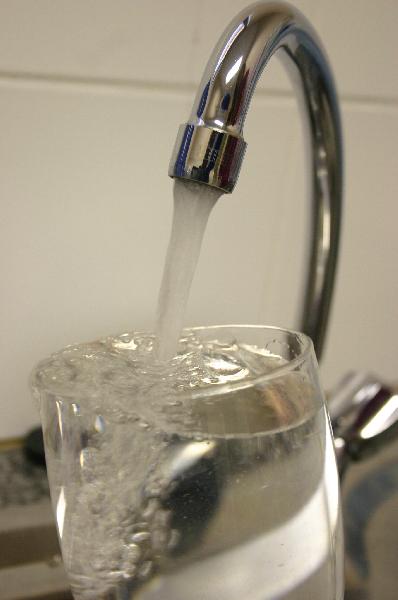
Water supply has always been an issue since the 1820 settlers landed in Grahamstown. This is noted in research conducted by Dr Harri Maki from the University of Tampere in Finland. He was one of three speakers at this week’s public lecture that looked at Grahamstown’s water supply then, and now.
The other two speakers were Mr Lorraine Mullins from the Kowie Catchment Campaign (KCC) and Professor Michael Whisson, from the Cacadu Municipality. The event was the first in a number of seminar series organised by Galela Amanzi, the Rhodes University Environmental Committee and the KCC.
Both Maki and Mullins shared similar accounts of how different council politicians had come into conflict with city engineers and medical professionals over the contentious issue of water. They resented expenditures associated with water supply and sanitation systems, leaving the municipal engineers to take the blame. Maki’s analysis included other cities such as Durban, Johannesburg and Cape Town which were experiencing the same type of problems since 1920.
The supply of water has always been an expensive challenge. Maintenance of ageing equipment and pipes remains problematic, coupled with sporadic droughts and unreliable rainfall patterns. Complicating the situation in Grahamstown was a lack of professional city engineers until around 1907. Complaints by residents that water from the wells and reservoirs were not good for drinking fell on deaf ears.
Dr Saunders, a medical officer who in 1912 attacked and charged the Council Sanitary Committee for not providing the first necessity of life – clean water, was vindicated by government tests. The first filtration plant was constructed in 1914.
Five dams had been built by 1920, but the demands increased with the increase of the population around the 1960s and 1970s, much of it being the Rhodes University community.
Now in 2010, the demand for clean water and a waterborne sewerage system still rages on, especially in the township (Grahamstown East).
Whisson believes that the mushrooming of new flats all over town is going to put more pressure on the water supply. He believes that every new plan must only be approved on condition it has means to harvest water. Each new house must have a water tank to collect rain water. According to Whisson, there is a great need to balance the situation by reducing the demand while increasing the supply.
Grahamstown, like other major cities, has a huge challenge to replace ageing infrastructure that has a life span of about 50 years. At present, the repair rate at major cities is estimated to be around 0.4 – 0.5%. Educating citizens to take care of this scarce resource will also remain a challenge.
Every citizen, young and old, needs to understand that water is not free even if the municipality is compelled to provide free water for certain people. Every tip towards saving water must be followed, especially reporting leaks, reducing the number of times a toilet is flushed, and avoiding watering and washing non-essential items like cars.
Nikki Kohly, the Safety Health and Environmental Officer, already has a technological solution, at least for the sanitation – a waterless loo. She said that she no longer worries about paying huge water bills because water is not wasted on unnecessary flushes.
For now, most Grahamstonians rely on the free spring water just outside Grahamstown, thanks to Angela Mitford-Barberton, the shining light of the KCC and Barny Kepe. The two ensured that the place is easily accessible and properly maintained by repairing the embankment, laying stone paving and putting a notice that everyone must act responsibly.
